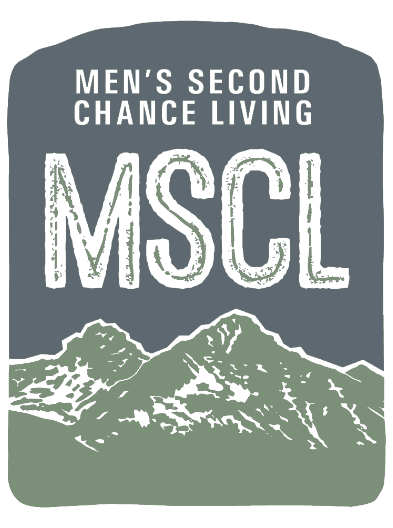
Sober Houses: A Community Resource
Substance use disorders have the highest relapse rates of any other medical condition, with only 21% of those untreated and 43% of those treated achieving long-term sobriety (Moyer & Finney, 2002). Substance use affects an individual’s emotional, intellectual, and spiritual development and burdens friends, family, and the community. Although a person can successfully recover, it takes time, dedication, and ongoing support from all involved. This support looks differently depending on the severity and their needs.
Lori Criss, Director of the Department of Mental Health & Addiction Services of Ohio, explains the challenge of recovery and how to address it when she said, “Who we spend our time with, where we go, and the things we surround ourselves with all impact who we are and the decisions that we make. Many times, people in early recovery have to give up everything they’ve known… because those people, places, and things put them at risk for relapse or continued use. Early recovery can be painful and isolating. Recovery housing can fill that void with a safe place, compassionate people, and a life full of purpose and fun that doesn’t involve alcohol or drugs” (Moos & Moos, 2006).

Recovery housing is one aspect of the continuum of care needed for individuals to be successful. Recovery housing provides accountability, peer support, life skills, and access to programs to support mental and physical health and wellness to residents. By creating a foundation of health and wellness, residents are more likely to remain sober and become contributing members of our community. As Lori Criss states, “The longer a person remains in an alcohol- and drug-free environment with support for recovery, the greater the chance of long-term sobriety, increased financial well-being, and overall stability.”
When individuals work, engage with their families, friends, churches, synagogues, eat well, and exercise, they decrease their burden to the criminal justice system, hospitals, government aid programs, and their friends and families. One less person abusing substances means one more person engaging in our community in a meaningful way.
Thanks for helping up provide a safe, sober, and stable living to men in early recovery.
References:
Moos, R. H., & Moos, B. S. (2006). Rates and predictors of relapse after natural and treated remission from alcohol use disorders. Addiction (Abingdon, England), 101(2), 212–222. https://doi.org/10.1111/j.1360-0443.2006.01310.x
Moyer, A., & Finney, J. W. (2002). Outcomes for untreated individuals involved in randomized trials of alcohol treatment. Journal of substance abuse treatment, 23(3), 247–252. https://doi.org/10.1016/s0740-5472(02)00264-7
Thank you to our Sponsors!




